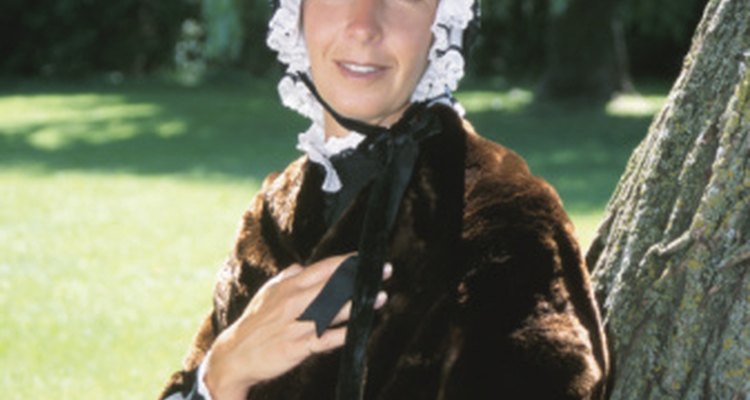
Contrary to popular opinion, the Puritans did not all dress alike, nor did they always wear black. Only the wealthy wore black as black dye was very costly. Most Puritans dressed in brown or indigo because brown vegetable and indigo dyes were plentiful. They wore other colors as well. Clothes were cut in austere, form-fitting styles and made from cotton or wool. The Puritans also wore leather and fur clothing since these materials were cheap, abundant and warm.
Basic Clothing
When a Puritan woman dressed, she first put on underpants and stockings. After this, she put on her chemise and petticoat, then her bodice and skirt. The chemise often had long sleeves. Over all of this she wore an outer gown, and to protect the outer gown she normally wore an apron. A Puritan man first put on underpants, stockings and then a loose shirt with wide sleeves that were gathered at the cuffs. Next he donned his knee-length breeches, then a vest that had either long sleeves or was sleeveless. Over the vest he wore a type of jacket called a doublet.
Outer Wear
Both men and women wore capes and overcoats in cold weather. Capes sometimes had collars, but often did not. Overcoats were loose, often with detachable sleeves, and cut in plain styles.
Headgear
All Puritans normally covered their heads when they left their homes. Men combed and tied their hair back, then covered it with a hat. Men had a number of choices for headgear. For example, they could wear a knitted cap, a flat sewn cap or several kinds of brimmed straw or felt hats. The brims of the felt and straw hats could be turned up, and toward the end of the 17th century felt hats were sometimes adorned with a simple buckle. Women parted their hair in the center and fixed it at the back. They often wore hats similar to those worn by men. In addition, women could wear small bonnets tied under the chin.
Footwear
Women as well as men wore leather shoes or boots. The shoes were cut high and had low heels and round toes. The boots were cut several inches above the ankle. Shoe buckles became popular during the latter part of the 16th century. The Puritans did not have shoe buckles before then.
Accessories
Both men and women almost always wore belts to which a variety of practical objects, such as purses, knives and gloves were attached. This is because their clothes rarely had pockets. Both women and men also wore large removable collars that were often heavily embroidered. Gloves were also embroidered, and they had gauntlet cuffs.
Related Articles

What Do Women Pirates Wear?
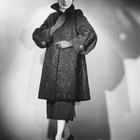
1958 Men's and Women's Dress Styles
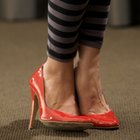
High Heels in the 1950s

Men's Clothes & Styles in the 1920s & ...

Children's Shoes in the 1950s
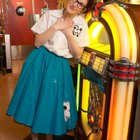
School Clothes for Girls in the 1950s

What Did Men Wear in the '50s?
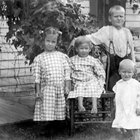
Children's Clothes in 1915
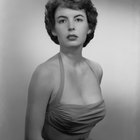
1950s Women's Fashion & Hairstyles
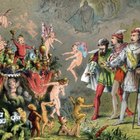
What Did Men Wear During the ...
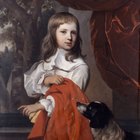
Children's Clothes in the 1600s

Clothes Worn in the Seventies
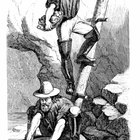
Clothing of the Gold Miners in the 1850s
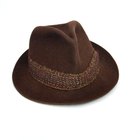
1950s Gangster Clothes

Irish Clothes of 1850

Types of Felt Hats

Children's Clothes in 1910

School Clothes in the 1900s
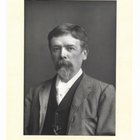
Men's Fashion in the 1890s

Kids' Fashion of the 1980s
Writer Bio
Laura Myers has been writing professionally since 1992. She has edited the print publications "Stamp Stories" and "Chiaroscuro." Myers holds a Bachelor of Arts in English and a Bachelor of Law from the University of Victoria and is a certified family law mediator. She also holds diplomas in early childhood education and interior design.
Photo Credits
Hemera Technologies/Photos.com/Getty Images